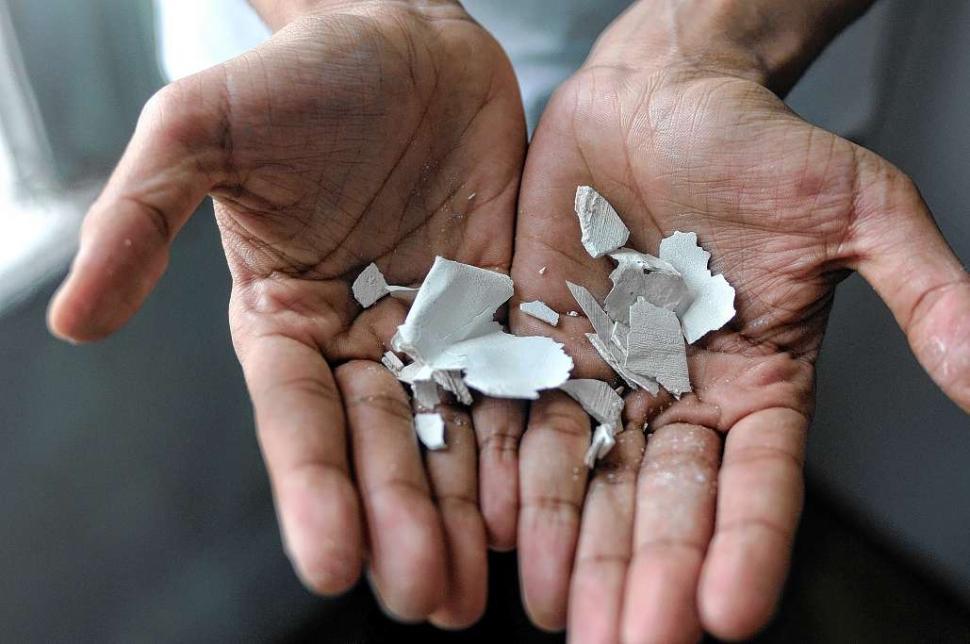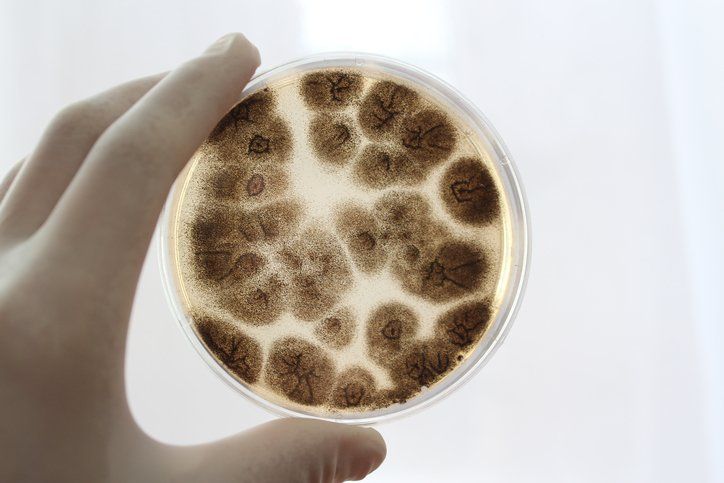The Importance of Asbestos Testing

Asbestos Testing in The Bronx, NY
While mining asbestos has ended in the United States, asbestos is still present in older homes and buildings meaning homeowners, workers, and many others can still come into contact with this carcinogenic mineral.
What is Asbestos?
Asbestos is a naturally occurring mineral composed of soft and flexible fibers that are resistant to heat, electricity and corrosion. These qualities make the mineral useful, but they also make asbestos exposure highly toxic. Asbestos is a dangerous substance because it has the ability to break down into microscopically thin fibers that are too small to see, feel, or taste.
Asbestos Can Be Found in Many Places
Asbestos was considered a miracle mineral for a long time because of its durability and heat resistance, making it the ideal material for many things. Asbestos has been used in thousands of products including building supplies, automotive parts, ironing board covers, hair dryers, roof shingles, duct insulation, ceiling tiles, and much more.
Asbestos is Hazardous To Your Health
Asbestos can cause adverse reactions to those who are exposed to it. The most common way for asbestos fibers to enter the body is through breathing. Breathing asbestos can cause tiny asbestos fibers to get stuck in the lungs and irritate the lung tissue. Once the asbestos fibers become trapped in the body, the body cannot break them down or remove them. Some of the primary diseases caused by asbestos exposure include asbestosis, mesothelioma, lung cancer, and other cancers.
Testing for Asbestos
Asbestos testing, also known as an asbestos survey, can help make sure that you, your family, your employees and occupants in your buildings remain safe from this silent killer.
Whenever you are remodeling, renovating, repairing, demolishing or otherwise disturbing any part of a house, garage, commercial or industrial structure, an asbestos survey should be performed. The US EPA actually requires an asbestos survey be conducted prior to demolition or renovation to determine whether asbestos is present in materials that will be disturbed. This is to ensure that there is no risk that asbestos fibers will be released into the air.
Schedule Asbestos Testing Today
The only way to know for sure if asbestos is present is to test for it. Depending on the extent of the damage and the risk of asbestos exposure, the asbestos may be able to be completely removed. Since there are federal rules and regulations in place dictating how asbestos waste should be handled, only those with the right training and certificates should attempt to remove asbestos.
If you are doing a renovation, remodeling, or doing any demolition on your home, asbestos testing is crucial. At Exclusive Testing Labs inc., we offer asbestos testing for those in
White Plains,
Brooklyn,
Manhattan,
the Bronx, and
Westchester County, NY.
Call us today to schedule
asbestos testing or asbestos abatement.





